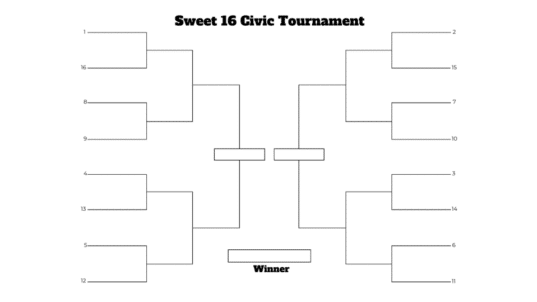
Image by Myriam Zilles from Pixabay
Hot and Cool Facilitation Styles
It was a crazy day in Professor Anita Waldman’s class. One discussion group, which she called the “Brady Bunch,” was really riled up. Normally this group was very docile. It was hard for the facilitator to get an energetic discussion going. Meanwhile the other group was deep in a quiet, but serious conversation. This was odd, since typically they would be loud and confrontational rather than discussing the issue. Waldman thought of them as “the Sopranos.”
As she observed the discussions, Waldman began to notice the reason for the change. The Brady Bunch was being facilitated by a high energy, challenging student, Sue Richards. Sue would pressure the group in their responses by frequently shouting, “WHY? Explain yourself!” Rather than being intimidated by Sue, the Brady Bunch responded in kind with thoughts they normally would have held back. They met her level of energy. It seemed paradoxical that a docile group would respond as they did. Sue’s antics essentially gave them a license to let loose. But what was remarkable for all the emotion was how thoughtful the responses were.
The facilitator for the Sopranos was the opposite. Javarious Turner was a football player. He towered over his classmates, but he was very mild mannered and shy.
Javarious had put together a plan for the discussion including some discussion guidelines. Most of these were guidelines that Professor Waldman had taught, but that had been very little used by the Sopranos. While Javarious was shy, he rose to the occasion as a facilitator. He had a calming voice and a natural ability to encourage thoughtful responses.
As Professor Waldman observed the two groups she realized something that she hadn’t thought of before. She was seeing two different styles of facilitation, and they were both being used effectively. Sue was a “hot” facilitator in that she challenged her group with a lot of emotional energy. They responded well to her challenging style when they hadn’t responded well to other, more relaxed forms of facilitation. Javarious was a “cool” facilitator who had a calming influence on a group that was often out of control.
As Professor Waldman reflected on her class that evening, she thought of a number of questions she wanted to explore further.
- How much is your facilitation style an extension of your personality–and can you change your facilitation style depending on the needs of the group?
- How can you know the best style of facilitation to use?
- Might a mix of facilitation styles work best over the time a group is together? For example, how would the Brady Bunch have changed if their first facilitator was Sue? What if the Sopranos started with Javarious?
- Might one style of facilitation work better for a particular kind of discussion topic?
- What might be other distinctive facilitation styles?
Professor Waldman didn’t have answers to any of these questions, but she was excited to see what she could learn.
* * *
The difference between right word and the almost right word is the difference between lightning and a lightning bug. – Mark Twain
Could we say the same of the “right” facilitation style and the “almost right” facilitation style?
This post is part of our “Think About” education series. These posts are based on composites of real-world experiences, with some details changed for the sake of anonymity. New posts appear Wednesday afternoons.



